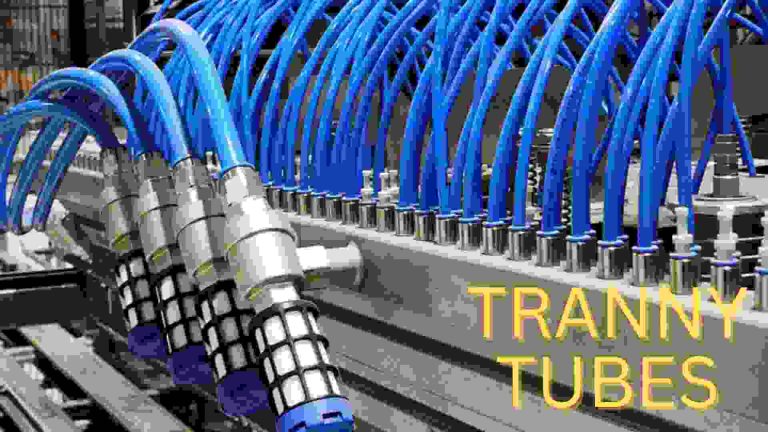
If it’s time to switch providers or upgrade to a new internet plan, it is important to consider both the speed needed and the provider who offers the best service. Homeowners will want to take the time to see what’s available and figure out what they need to avoid overpaying for internet service or paying for something that isn’t going to be fast enough for their needs. Some of the things to do to find the right speed and provider include the following.
Look at Connection Types in the Area
The first step should be to consider the different connection types and what’s available. Common connection types available today include DSL, cable, satellite, and fiber. The fastest option today, and one that most people are interested in, is fiber internet. It’s possible to get details from HyperFiber to learn more about what makes fiber a good choice, so it’s possible to see if it’s going to be a good fit for the household.
Consider How the Internet is Used
It is important to consider how the internet is used to determine the internet speed needed. Those who casually use the internet for things like browsing the web or checking emails do not need high speeds. Those who enjoy gaming or streaming TV shows and movies will want faster speeds, as these actions are more resource-heavy compared to just browsing the internet. If anyone in the household works from home, they’ll want faster speeds and more bandwidth to make it easier to participate in video calls and upload or download documents. Households with smart devices will also want faster speeds and more bandwidth, as they will have more devices connected to the internet at one time.
Look at More Than the Speed
It is a good idea to look at more than just the download speed, which is what’s typically stated when talking about internet speeds. For those who work remotely or gamers, it is important to have fast upload speeds, too. For those with a number of internet-connected devices in their home, it’s crucial to have a higher amount of bandwidth. This is what determines how much can be sent or received at once. With a number of connected devices, if the bandwidth is not enough, the internet speeds will slow down because everything can’t be transported at once. Fiber internet has the largest bandwidth available, making it a great option for households that need the increased bandwidth.
Compare Providers and Plans
The last step is to compare the providers and plans. Once the homeowner knows what they need, they can carefully review the potential providers and plans to find one that fits their needs and budget. Don’t forget to read the contract carefully before signing up for a plan to look for potential hidden fees or other issues that can increase the cost paid per month.
If you need to switch to a new provider or you’re looking for a way to get faster internet for less, use the tips here. They can help you choose the right speed for your needs and determine which provider is going to be the best fit. This way, you won’t be overpaying for internet you don’t need or suffering with speeds that are too slow for the household.





